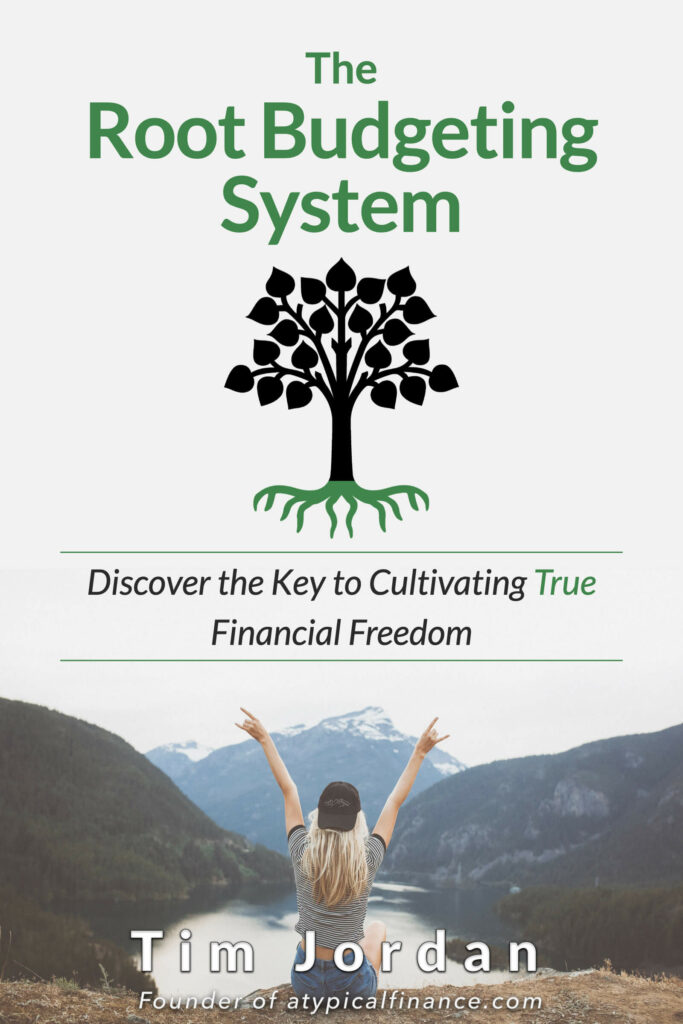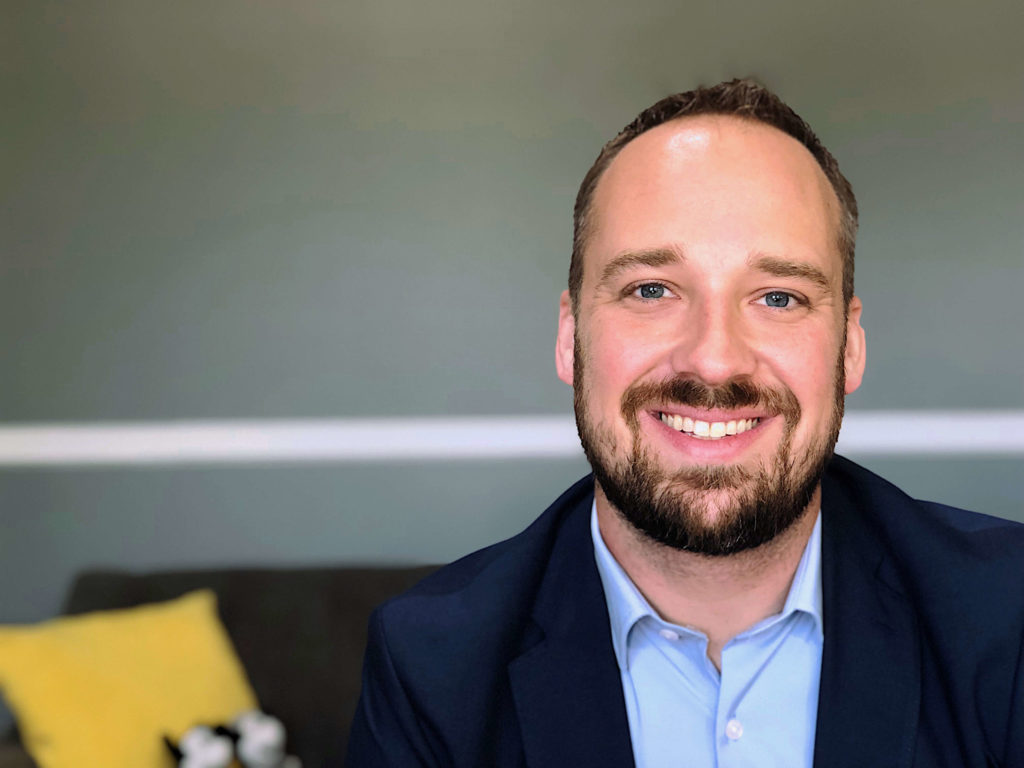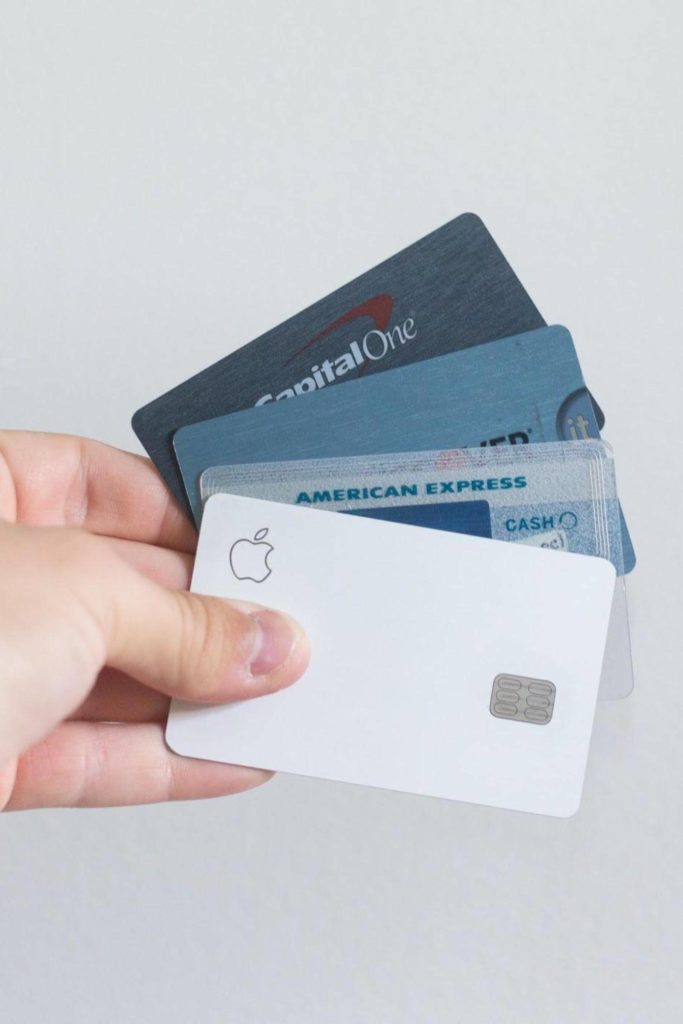True financial freedom isn’t some lofty, far-off goal. True financial freedom is something you can attain right now. It’s a present-tense freedom that is more than financial independence or traditional financial freedom.
You’ve probably heard both the terms financial freedom and financial independence before. Some people use these terms interchangeably, but in reality, they are very different concepts.
Financial freedom is when you can live on your current or desired lifestyle without the need to bring in any more income. For example, someone who saves up enough money for retirement and can comfortably live their life until they die, no matter how many years that is from now, is financially independent.
This is something to strive for but is a future goal for most people.
Financial independence can mean different things to people. Generally, it means you are at an income level to be able to live the life that you want. While you aren’t at the “financially free” level yet, you may be on your way there because of the income you’re making. Financial independence is also usually a number (an income level), but for most people, it is also a future goal.
And this is where true financial freedom differs. True financial freedom is this:
“True financial freedom is having the ability to spend, save, give, and budget in a way that works for you and is in harmony with who you are now and where you want to be in the future.”
I can’t stress enough that the biggest difference is that you can—and should—reach financial freedom now.
I’ve coached people out of unnecessary debt and have seen their freedom as a result. I’ve taught people how to use a budget to build the life they want—including myself—and have seen the freedom as a result.
And I’ve shown people how to figure out what their life and money are going to look like in retirement and have seen the freedom (and sometimes the relief) as a result.
All these people have experienced true financial freedom well before they’ve retired or have “had the amount of money so-and-so financial guru says to have.”
True financial freedom is something you are more than capable of attaining—no matter your current situation—because true financial freedom is more than just a target you’re trying to hit.
True Financial Freedom Involves Everything
True financial freedom covers all aspects of finance. It involves your past, present, and future. It isn’t just some future state.
Your past is your debt, past financial decisions, the money beliefs you were taught and grew up with, and your money mindset influenced by those.
For example, my father got leukemia and passed away when I was 11 years old. We didn’t have much money so my mom managed her money like we were poor.
That introduced a scarcity mindset in me with the way I managed my money that I only recently was able to set aside.
Your present is where you are currently in your financial life. It’s your spending, your budget, your values, what you currently like to do, and all these things that make up who you are.
One of the traps of, ahem, fake financial freedom is telling everyone to “live like no one else so you can live like no one else.” This advice is essentially saying to do what you can to cut back and live like a pauper now so you can live with complete freedom when you retire at 65.
This straight-up neglects your present—your current life—and is a big reason why people think budgeting sucks and is limiting.
Your future is your retirement and future goals. True financial freedom allows you to save for your future, be it retirement at your desired age, a trip to Europe in five years, or simply covering that yearly Amazon Prime membership.
True financial freedom allows you to be who you are in your finances when you’re looking at your financial past, present, and future—and it is the absolute best state to be in with your money.
Four Steps to Reach True Financial Freedom
What makes this even better is that there are only four steps to reaching true financial freedom. And they involve setting yourself up for success in your past, present, and future. They are:
- Step 1: Create your budget system (your present)
- Step 2: Build your emergency fund (plenty of protection, but not too much)
- Step 3: Pay off unnecessary debt (your past)
- Step 4: Invest your right amount (your future)
It’s no accident that “your” is emphasized in each of those steps. This is about you. This is your show.
Here’s what to do in each step.
Step 1: Create Your Budgeting System (Your Present)
Let’s start with the present by budgeting your way. I say this often, but let me say it again.
You should not be budgeting the same way as someone else.
Trying to fit someone else’s budgeting mold is the quickest way to feel limited and burnt out with your budget.
It’s the leading cause of why no one likes to budget. If your budget feels limiting, you’re doing it wrong.
My book, The Root Budgeting System (Get it on Amazon), goes into detail about how to create a unique budgeting system specifically tailored to who you are and where you want to be.
But for the few who haven’t read it yet (*wink*), let me quickly break down how to create the best budget you’ll ever create—your own.
- Start with the basic foundation of gathering your income and listing out all your expenses like groceries, housing, utilities, and everything else.
- Then, move on to implementing the three pillars of budgeting—automation, tracking your spending, and building your unique emergency fund. The three pillars are three things every budget should have no matter how unique it may be.
- Next, figure out your values and implement them into your budget,
- Choose the budget principles that work best for you (use the FREE checklist at the top of this article).
- Break down your budget from monthly into your desired frequency (usually by paycheck).
These steps make your budget feel natural to you so it’s easy to stick with, doesn’t feel limiting, and helps and accelerates you toward your goals.
After that, you can start using your budget to influence all other areas of personal finance.
Step 2: Build Your Emergency Fund (Protection)
An emergency fund protects how you manage your past, present, and future money. If something happens that completely changes your present, your emergency fund will be there to financially see you through.
As you plan on paying off debt and saving for your future, your emergency fund will protect those plans when something goes wrong in the present.
What differs in true financial freedom is that your emergency fund isn’t a one-size-fits-all amount.
Like budgeting, your emergency fund should look different than someone else’s. You don’t need $1,000, three months, six months, or even a year of expenses sitting in an emergency-only savings account.
You just need the right amount for you.
True emergencies don’t happen that often. What most people consider an emergency is usually an unexpected expense we can anticipate.
To help you reach your amount, ask yourself these three questions:
- How much extra money do you already have per month? If you’re living paycheck to paycheck, you’ll more than likely want a larger emergency fund. If your monthly cash flow is high, you probably don’t need as much.
- What is the likelihood of you having a financial hardship? Consider how secure your job is, how young you are, how healthy you are, if someone is going to propose to you and you might need to channel money to a wedding, etc. Health and kids are two more things to consider.
- What’s the smallest emergency fund you’d feel comfortable having? Here’s the magic question. How comfortable are you with the amount you have to take on a financial emergency? It’s ok to stash more than you need if it makes you feel financially secure. It’s also ok to stash less than someone else says you need if you know your situation is different.
After you figure out your amount, build it, deposit it into a high-yield online savings account, and leave it for a true emergency.
Review it as your financial situation changes so you always have the right amount in emergency savings for you.
Step 3: Pay Off Unnecessary Debt (Your Past)
After creating your budgeting system and building your emergency fund, the next step is to take care of your past and pay off your unnecessary debt.
It is only unnecessary debt that can ruin your financial freedom.
It’s not good debt or bad debt—which, frankly, don’t exist. And it’s certainly not all debt. I fully recognize that debt has its uses.
Unnecessary debt is debt you don’t need to take out to pay for something you want or need. It’s debt without a plan or purpose (i.e. to make you money).
So what do you do? You make a plan to pay it off!
Here are the steps you can take to build a plan for you:
- Figure out how much total debt you have. This is always the first step. You won’t know how to plan unless you know exactly how much you have to pay off.
- Decide how much money you have to put toward debt. Your budget is key for figuring this out.
- Choose your debt payoff strategy. The debt snowball, debt avalanche, or highest monthly impact are the main three.
- Set up your plan to snowball your payments regardless of what strategy you use. Pay off your debt faster by adding the previous payment to the next one.
- Set up a reward system. Use rewards to keep you motivated and pat yourself on the back. When will you reward yourself?
- Consider if you want to sacrifice anything to pay off the debt sooner. This will depend on what and how much you can sacrifice and will look different for everyone. Sacrificing something you value that is only $20 a month won’t do much overall, so it probably isn’t necessary. But you’d also be surprised at how much of an effect even a little extra money has on your debt payoff plan.
- Automate the entire plan. Don’t rely on your motivation or memory. Automate payments to set your plan on autopilot.
You can hire a coach like me to help you create your plan and keep you accountable, or you can create a more detailed plan on your own.
My ultimate step-by-step guide to paying off your debt goes through those steps in detail as well as the difference between necessary and unnecessary debt.
Step 4: Invest the right amount of money in the simplest way possible (Your Future)
The last step to financial freedom involves setting yourself up for an amazing future by investing the right amount for you.
Just like with budgeting your way, having your correct amount in your emergency fund, and paying off debt your way, there is a correct amount for you to invest.
But you don’t just want to invest the right amount for you and call it a day. You also want to keep it simple. Here’s how to do that:
- Use your budget to estimate your future income needs. It’s recommended that you plan for 80% of your current income, but that may not be enough depending on where you are in life. If you’re 22 years old and making $40,000 a year, do you want to spend as if you’re making $32,000 a year in retirement? Look at your budget, committed expenses, and what you know you value spending money on. Will your current budget amount work for your retirement needs? What would you like to do more of in retirement? Use your budget and ask yourself some questions to determine how much you’ll need monthly in retirement.
- Calculate how many years away retirement is for you. If you’re like most people that want to retire at 65, simply subtract your current age from 65. If you want to retire earlier or later, subtract your current age from that number instead.
- Start with investing 10% of your income. 10% doesn’t work for everyone, but it’s a good place to start. Use a retirement calculator like this one from NerdWallet to see where you land. NerdWallet’s calculator also factors in potential wage growth as well. Will you reach your goals by saving 10% of your income? Do you need to save more? Less? Adjust your amount as necessary to reach your goals.
- Invest your amount in a low-cost index fund. Index funds are designed to follow the market. When you look at long-term averages, the market always goes up. Statistically, they get a better return than paying high fees for a fund manager to try and time the market. Invest in a very low expense ratio index fund, continue to invest your income amount, and leave it there for the long haul.
That’s it. That’s how you invest the right amount for you in the simplest way possible.
True Financial Freedom Can Be Attained Now
True financial freedom isn’t a future goal. It’s a state that you can be in right now in your financial life.
True financial freedom is being able to do what’s best for you with your money while taking care of your financial past, present, and future.
And it’s only a four-step process.
Budget your way, set up your emergency fund, pay off your unnecessary debt with your personalized plan, and invest your right amount for your future.
That’s it. Do those things, and you’re set.
This is true financial freedom.


















